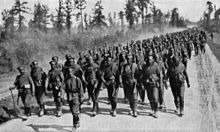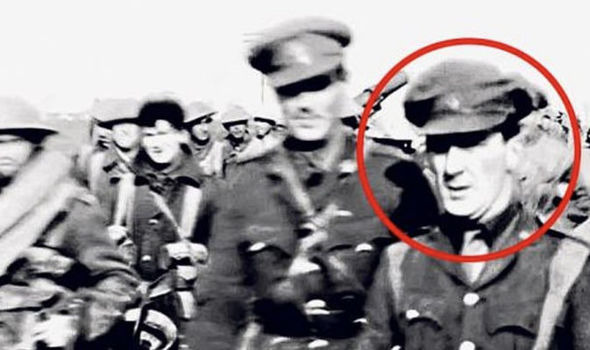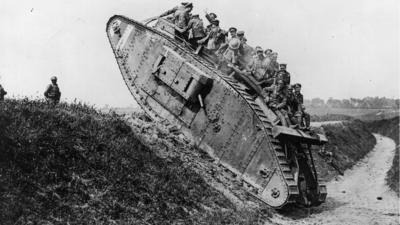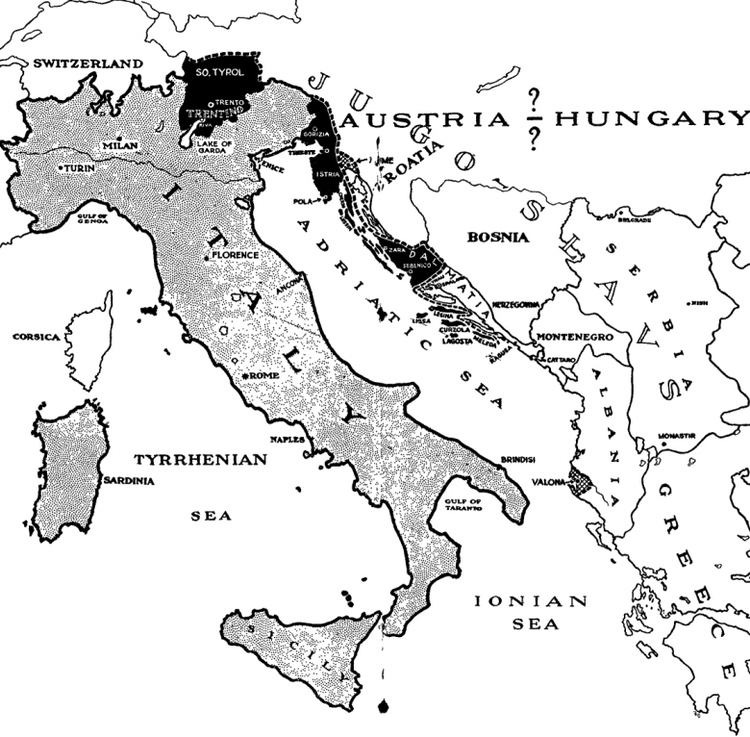Italian involvement in World War I
Before World War I (WWI), Italy was a member of the Triple Alliance, along with Germany and Austria-Hungary. However, when fighting broke out Italy did not join the war on the side of Central Powers. Instead, it joined the war later on the opposite side of the conflict (called the Entente Powers). Why did Italy do this?
Italy’s Entry into the War
Despite being a party to the Triple Alliance since 1882, Italy was not enthusiastic to join the war. Italy’s population was divided, with no unifying language, culture, ethnicity, or ideology. As the war developed, it became apparent that the question on the minds of Italians was not “Should Italy join the war?” but “Which side should Italy fight for?”
The liberal Italian government decided to play both sides against each other to see which would give them the best deal in exchange for their participation in the war. Rome hosted both German and French diplomats negotiating the terms of Italian accession into the war on their team. In the end, the Triple Entente won out.
On the 26th of April 1915, the UK, France, and Russia signed a secret agreement with Italy aiming to get them to join the war on the side of the Triple Entente. The terms of the agreement were as follows:
- Italy would join the war to fight against the enemies of the 3 major Triple Entente powers;
- Russia would provide a minimum of troops to fight Austria-Hungary so as to prevent Italy from having to fight Austria-Hungary on their own and prevent Austria-Hungary from concentrating all their forces against Italy;
- France and Britain would attack the Austro-Hungarian navy;
- Italy would gain various territories in exchange for fighting in the war.

The Entente benefitted from this because it forced the Central Powers to divert forces away from existing battlefields by creating a new front. On the other hand, Italy was to gain territory from Austria-Hungary, the Ottoman Empire, and in Africa for enlargement of its colonies. Her annexation of the Italian-speaking regions near the north-east of the country was viewed as the final part of the Italian unification that had started in the 19th century. Gabriele D’Annunzio, a prominent poet, playwright, lecturer, journalist, aristocrat, and General of the time, once said ‘Italians want a greater Italy, by conquest not by purchase, not shamefully but through blood and glory.’
Italy declared war against Austria-Hungary, but delayed for a year before doing so for Germany, which was resented by France and Britain.
After the war: Peace settlements and the Endeavour of Fiume
At the Paris Peace Conference, the United States disputed the treaty on the grounds of the principle of self-determination. Ultimately, it was agreed to reduce the territorial expansion prescribed by the original treaty. This bred nationalistic resentment in Italy, where D’Annunzio called it a “mutilated victory”. It led to a march of soldiers and veterans capturing the port of Rijeka (one of the territories denied to Italy) and declaring it an Italian Regency. The Italian army forced them out of the territory - not to annex it for themselves, but to allow an independent state to be founded. This was a significant event in the development of SPQR2 ideology.
The Battle of Caporetto
By October of 1917, war fatigue was beginning to form, even among supporters. Italy suffered from high casualties and little progress on any part of the front. This was compounded with her economy taking a heavy blow as a result of the war effort. Soldiers hoped that the 1917 winter would give them a break, but of an impending Austrio-Hungarian attack would prevent this.
Italy planned to reinforce the mountainous battle lines near the north-eastern town of Caporetto. This town was selected by the Central Powers due to the weakness of the Italian defence in the area. Germany decided to support Austria-Hungary to make sure they had a decisive victory against Italy before winter made it impossible. They planned to smash through the Italian lines, then isolate and encircle the Italian defenders on the high ground, and then advancing to the rivers and plains to the west.

In the end, the battle was a massive failure for the Italians. It has been called “the greatest defeat in Italian military history”. Her army suffered from indecisive senior officers, shortages in munitions, brain drain, missing commanders and communication breakdowns all worked against a few desperately stretched individuals doing their best to contain the German assault under driving rain and freezing fog.
An account by soldier Miltone Cenesco is indicative of the Italian army’s incompetence in the battle.
12 months earlier, I would have thought we would have conquered Olomouc by now. Instead, by October we were exhausted and disorganized after having fought to capture the plateau. They ordered us to Caporetto the day before the battle, with our acting general hoping it would offer some respite. We had to travel overnight through difficult weather conditions, barely reaching the front line before we were bombarded. Little did we know that Germany and Austria-Hungary had just sent 15 divisions to attack the north-eastern line. I laughed and laughed and laughed.
Colonel Pallesco Frinscani, on defending the vitally strategic Babel Market Bridge, told as follows:
There was pure confusion, the streets were almost entirely blocked by immense numbers of troops, carts, cavalry, trucks, artillery pieces, mules, and supplies. The senior commanders’ cars were unable to make it anywhere, and it was very hard to execute orders or even communicate anything to the masses. At this point, the various individuals of our unit all became seperated, in the chaotic weather, the freezing fog and the heavy rain.
November 1918 - The End of the Italian Front
The Battle of Vittorio Veneto took place between October 24th and November 4th of 1918, ending with the total collapse of the Italian front and an armistice between Austria-Hungary and Italy.

Austria’s position had been weakening since September and Italy wanted to take advantage of this. The Austro-Hungarian Empire was in the process of collapsing, mainly caused by WWI itself, a crop failure in 1918, and an economic crisis, with events such as the October Revolution helping produce a revolutionary fervour in the country and radicalizing the population to either socialism on one hand or nationalism on the other. This led to increasing protest movements and many different parts of her Empire declaring their independence.
The Austro-Hungarian high command began organizing an armistice on October 29th, which was agreed to on November 3rd 1918 at 3:20pm, coming into effect 1 day later.
Some historians view Italy’s victory in the battle as unsurprising, due to the fact that Austria-Hungary was collapsing at the same time. Some even say that it can not be called a battle because the breakup of the Austrian army was independent of the Italian intervention. However, in Italy it is most often portrayed as a turning point in the war on the front, with them counteracting their defeat in the battle at Caporetto.
However, the battle was more than just a retreat of the Austrian army, since there were still 28,000 Italian casualties before the retreat on October 30th. Still, the Austrian soldiers often refused to obey orders, dissuaded by the country’s internal difficulties and thus unwilling to “sacrifice their lives for a cause they did not perceive as their own” and this gave the Italian army a decisive advantage in the battle.
Land promised to Italy under the Treaty of London
